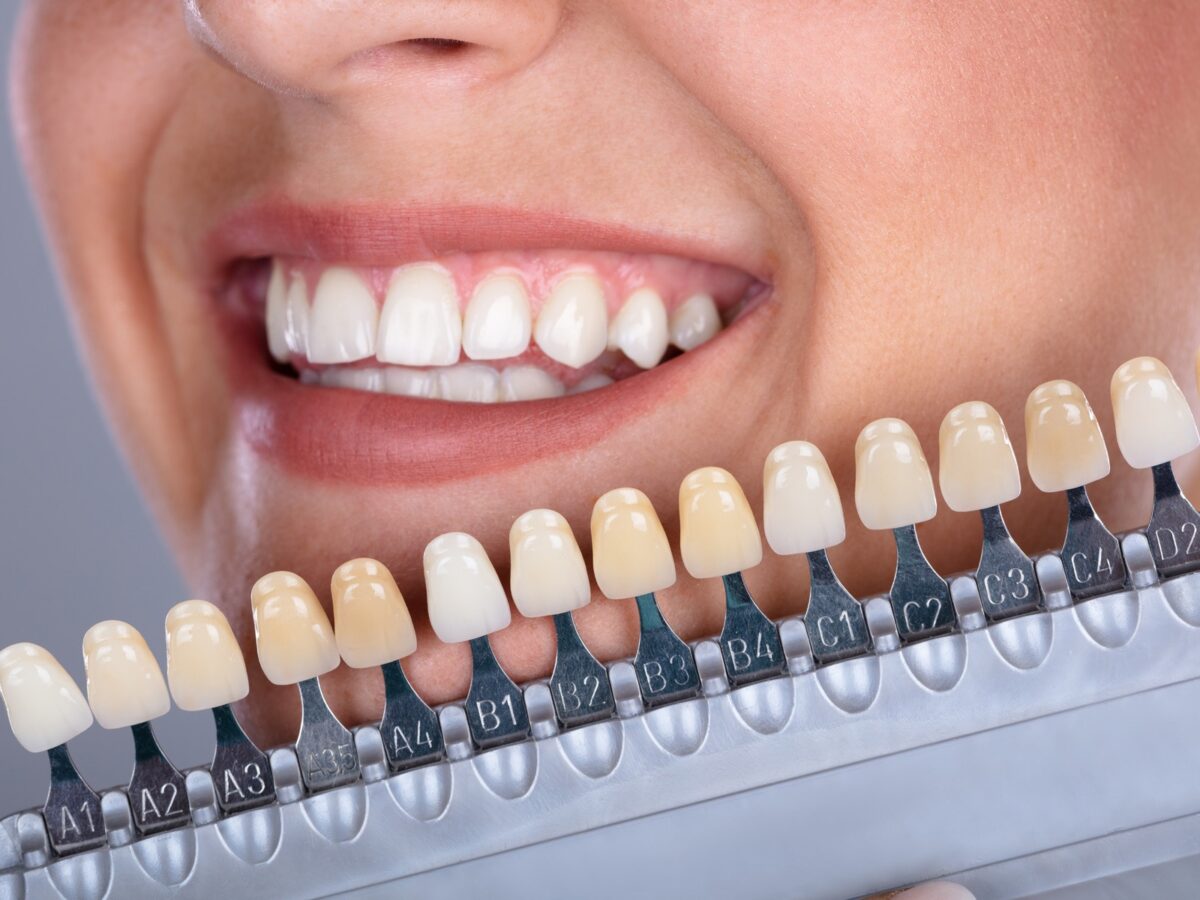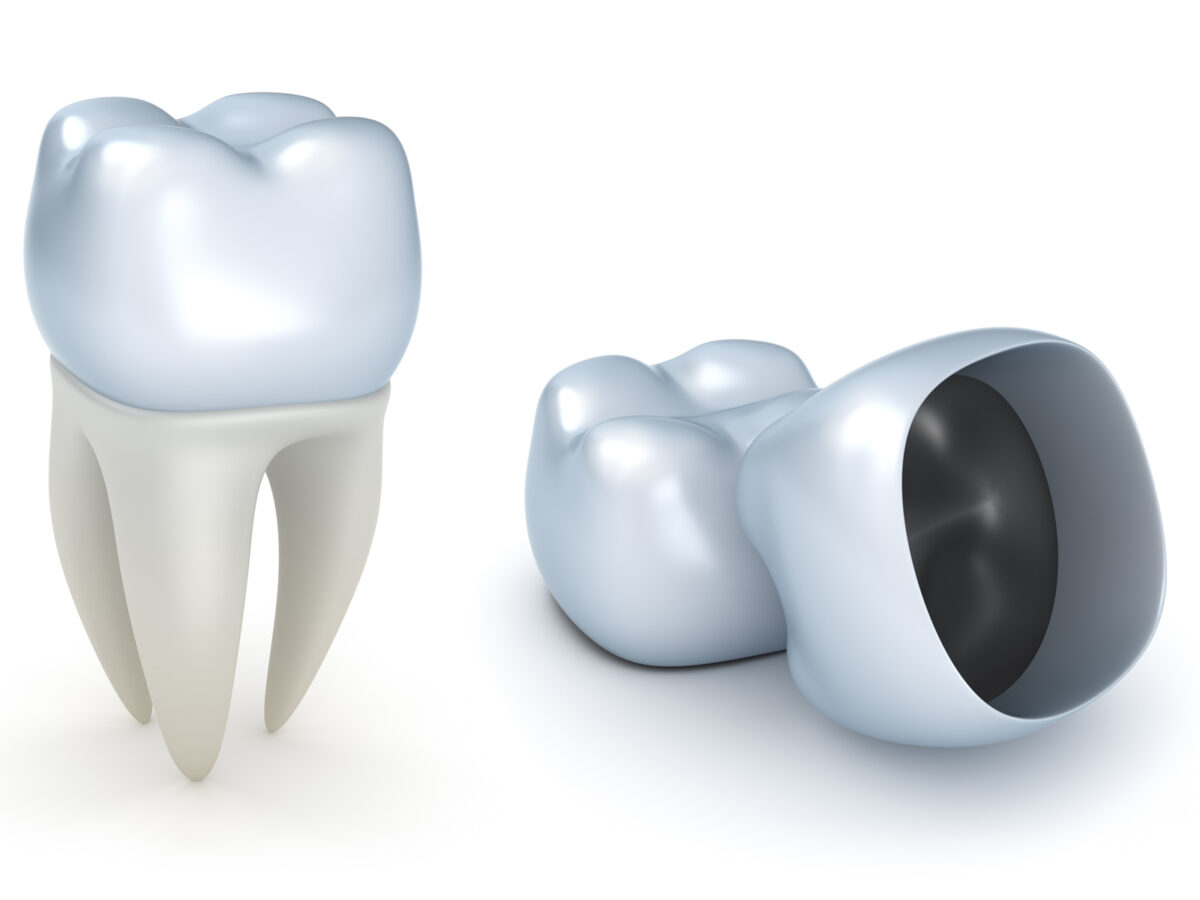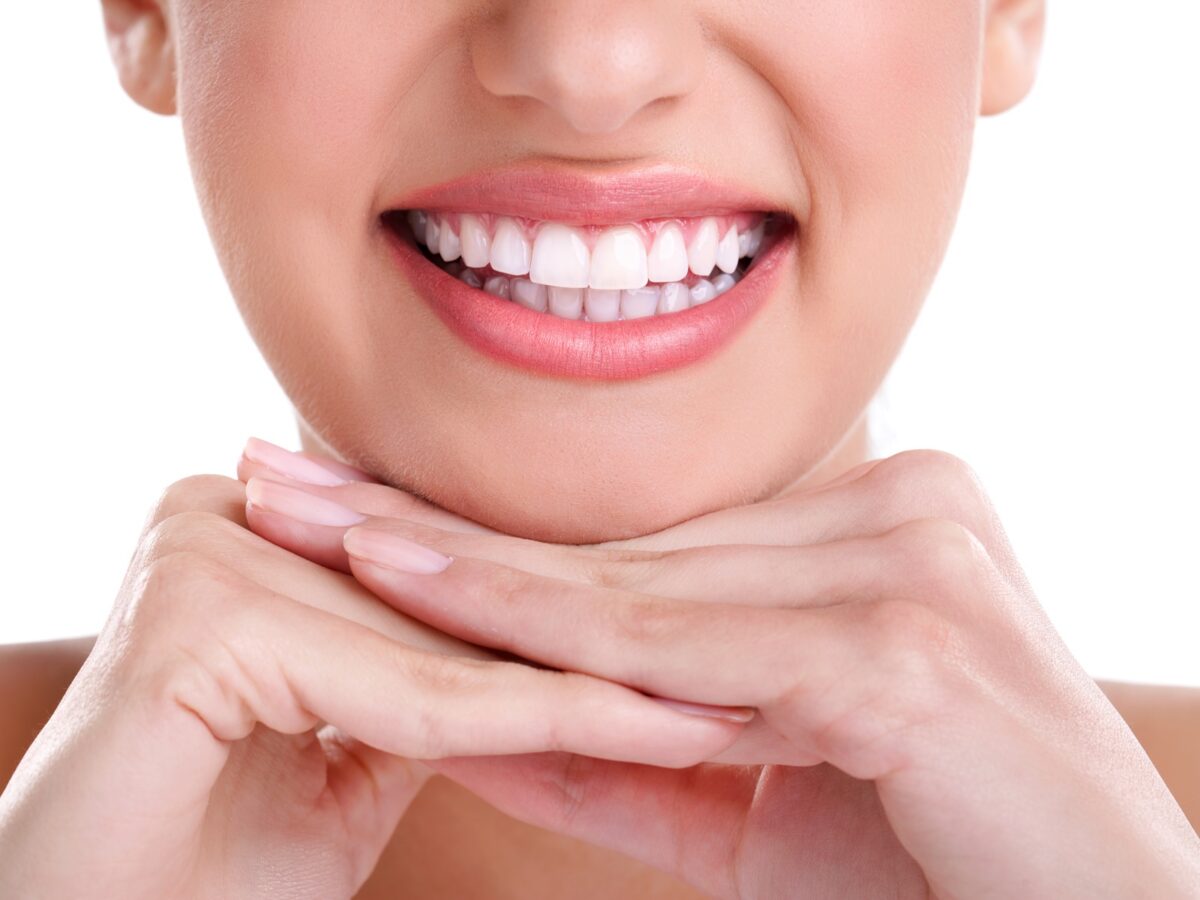In simple terms, we can define dental aesthetics as a procedure to enhance the overall appearance of the teeth. The primary purpose of dental aesthetics is to keep the teeth aligned, improve their structure, and beautify their color and shape so that you can smile confidently. Dental aesthetics is both a preventive and a restorative measure as it can be utilized to correct missing teeth and other similar problems. But, it is noteworthy to highlight that aesthetic dentistry is not the same as cosmetic dentistry.
The former is any method used for enhancing your smile through treatments that would be necessary. On the contrary, the latter entails correcting the existing or old dental works such as veneers, crowns, bridges, and so forth, which may not be particularly pleasant to the eyes. Now that we have discussed the basics of dental aesthetics let us observe the various procedures for dental aesthetics.
Dental Aesthetics Procedures
Dental aesthetics include a throng of procedures, and the most common ones are:
- Whitening: It is a widely used dental aesthetic procedure. The method entails bleaching your teeth for removing external teeth stains. Some teeth yellowing is a consequence of internal problems such as a dying tooth or enamel erosion, and aesthetic dentistry corrects such anomalies. Laser teeth whitening is a modern dental whitening procedure in which gums are covered with rubber, and hydrogen peroxide bleach is applied to the teeth. Thereafter, a flash of the argon laser is projected onto the teeth to hasten the whitening process. Laser teeth whitening is six times more effective than conventional teeth whitening.
- Reshaping: It is related to the reshaping of a misaligned tooth that requires the removal of some part of the enamel. Reshaping can be used to correct chips and cracks on the teeth. It can also tweak the position, shape, or length of the teeth. Another crucial usage of teeth is the correction of an overbite or underbite.
- Gum Lifts: It is an aesthetic dental procedure that entails raising and then sculpting the gum line so that your smile does not look either too gummy or toothy. The process reshapes the gingival tissue and the underlying bones to fashion a more symmetrical and seamless smile.
- Teeth Straightening: It is a standard dental aesthetic procedure in which teeth are gradually straightened with retainers or braces. Straightening helps in fixing overlapping, crowded, or widely-spaced teeth. Nowadays, Invisalign is also preferred by many people as they are invisible to the naked eye.
- Bonding: It is an aesthetic dental procedure that is usually performed after other dental treatments. The composite resin bonding process is when enamel-like dental composite materials are applied to the teeth’ surface and then sculpted into shape, hardened, and polished.
Therefore, we can assert that dental aesthetics is necessary to make people more confident and infuse self-esteem. It has made the lives of many people easier by enabling them to smile broader and brighter.
Schedule your appointment with a dentist today and get the treatment on time!



